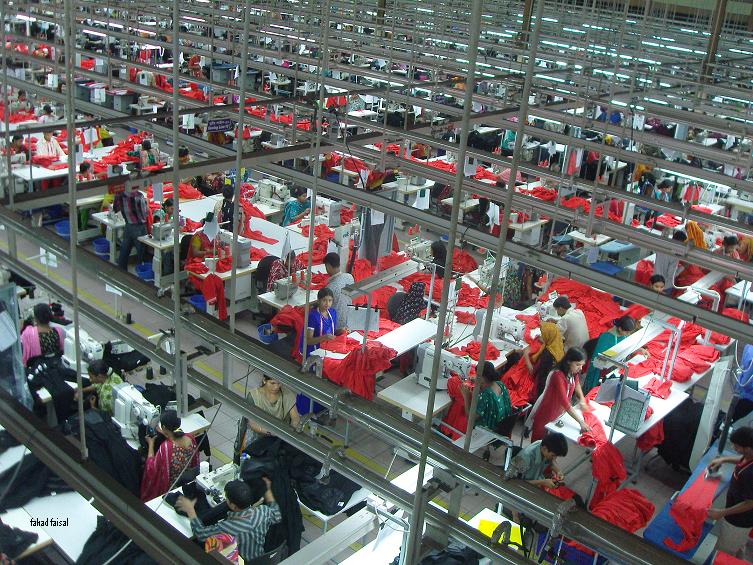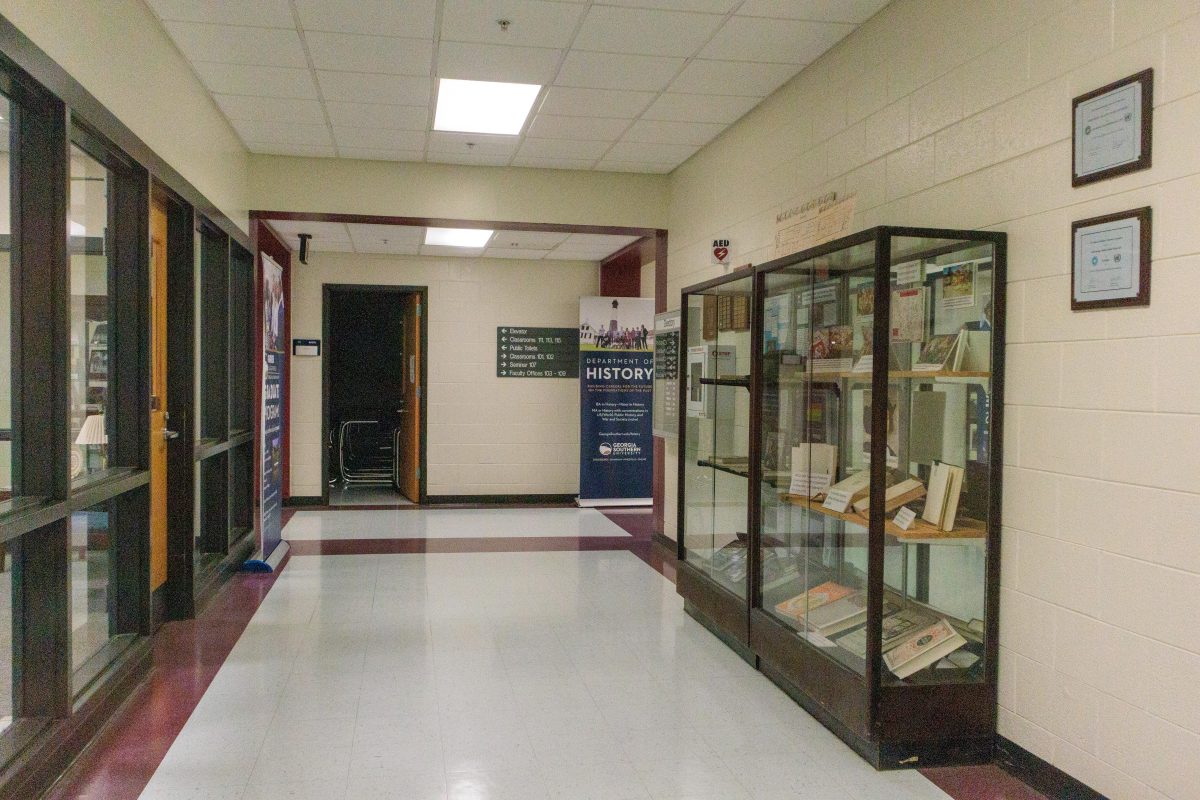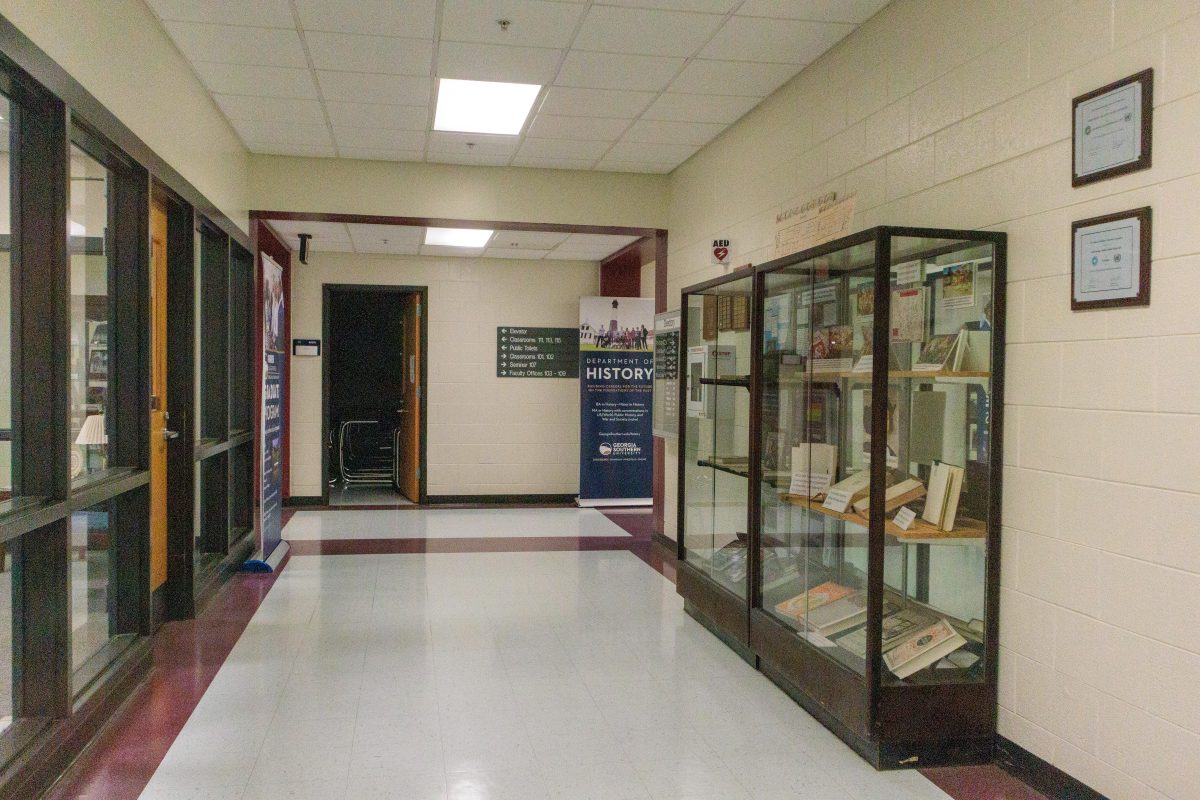By Ruby Rizvi, News Editor
Many of us are aware that a majority of the things that we own come from overseas, such as the ever-so-popular “Savannah,” “Tybee Island” and even “Armstrong” apparel we all love so much. However, we are kept in the dark on just how those things are made. For many industries, especially an industry as vast as clothing, outsourcing labor is the cheapest way to produce goods and maximize profits, but at what cost?
It’s pretty obvious that the working conditions of these factories and plants aren’t kept up to the highest of standards, with recent catastrophes such as the collapsed factory- Rana Plaza, owned by many U.S. and Canadian garment companies- in Bangladesh in 2013.
3.696 workers went on strike, and refused to enter Rana Plaza, because of its numerous safety issues, however, after threats of not getting paid for entire month, laborers were forced to enter the buildings and resume production. Less than an hour later, after the power went out and generators kicked in, the entire building began to shake and collapsed, resulting in the casualties of over 1,000 young men, women, children, and elderly, with hundreds still missing.
The collapsed factory brought light to what many retailers claimed to be unaware of: how poor the working conditions of their outsourced factories really are. Companies such as Walmart, H&M, and Nike claim to have not know the true magnitude of the problem. “It’s a shame,” local Savannah activist Jerry Warren says. “We enjoy cheap things, but at the unfortunate cost of cheap labor.”
These workers work over 12 hour shifts, making on average 7-25 cents an hour, sometimes more, sometimes less. They endure harsh working conditions, such as being crammed into a room filled with hundreds of other people and machines without as much as a little bit of leg room or proper insulation. Improperly kept wires and tools lead to many accidents, and having that many people in a single room allows for the widespread of diseases.
Even though these issues have been brought to light many times, retailers and consumers alike have chosen to turn a blind eye to the ever-growing problem overseas. “The truth is; we are rich because they are poor,” fashion blogger Ludvig Hambro remarked after visiting a sweatshop in Cambodia.
This Bangladesh incident is undoubtedly the most horrific disaster in the history of production crises, however it is not the first, nor will it probably be the last. Despite numerous other tragedies such as factory fires, other collapsed buildings, and myriad personal injuries that have occurred in Pakistan, China, Guatemala, and numerous other countries where sweatshops can be found, the problem still remains unresolved. “They really don’t ask for much — to get a bit more money, some fans in the ceiling in a factory. We just have to push to get it done,” said Anniken Jorgensen, another fashion blogger.












wall mounted bird bath • Mar 6, 2015 at 3:07 am
Thanks for some other great article. Where else may just anybody get that type of information in such an ideal method
of writing? I’ve a presentation next week, and I’m at the look for
such info.